The Ultimate Guide to Social Media Marketing: How to Grow Your Business with Strategic Social Media
Introduction to Social Media Marketing
Social media marketing is no longer optional—it's a necessity in 2025. With billions of people actively engaging across platforms like Facebook, Instagram, LinkedIn, and TikTok, businesses that harness the power of social media gain an undeniable advantage for small and medium businesses all around the world.
But here’s the truth: Posting content randomly won’t get you results. You have to have a strategy.
Successful social media marketing requires a clear strategy, a deep understanding of your audience, and the proper execution. That’s where we come in. As leaders in social media marketing and social media management, we’ve helped businesses like yours create impactful online presences that drive real business growth.
If you’re looking for expert guidance and a proven approach to social media success, keep reading. This guide will show you exactly how to build an effective strategy, choose the right platforms, and maximize engagement—all while ensuring your social media efforts lead to real revenue.
Take 5 minutes and read this and save yourself 5 years of struggling to figure it out on your own.
The Benefits of Social Media Marketing
- Most of your potential customers spend hours per week (or day) on social media. By showing up consistently, you keep your brand top-of-mind as they regularly see your content while they’re scrolling.
- Platforms like Instagram and LinkedIn reward businesses that engage with their audiences. When it comes to platforms with a lot of growth opportunities, these are two of the market leaders for businesses.
- Social media fosters direct interaction with customers, helping businesses build trust and relationships. On social platforms, people are looking to be social. Take advantage of this by building relationships with your customers.
- Engaging content sparks conversations, making your brand feel authentic and approachable. This leads to incredible opportunities for your business.
- A strong social media presence helps convert passive viewers into paying customers.
- Studies show that brands with active social profiles see higher conversion rates than those without. As people follow your business, they actively progress further through the funnel and your content can handle their sales objections without you having to close them. So, not only is your social media content increasing your exposure, it’s helping you close more deals!
- Unlike traditional advertising, social media marketing can be incredibly affordable. In fact, you can post on social media for free. There’s not a more cost-effective way to market your business. And when it comes to paid advertising, the CPM on social media is one of the lowest of any advertising channel.
- Organic growth strategies, combined with targeted paid campaigns, yield massive ROI.
Developing a Social Media Marketing Strategy
- Grow following by 10% each month
- Generate 5 new leads this month
- Close 1 new deal this month
- Generate 50 new mailing list sign ups via social media
- B2B businesses should focus on LinkedIn and Instagram.
- Retail & lifestyle brands thrive on Instagram and TikTok.
- Local businesses gain traction on Facebook and Google Business Profile.
- Mix educational, entertaining, and promotional content.
- Use a variety of formats: videos, carousels, polls, stories, and infographics.
- Consistency matters more than frequency.
- Use scheduling tools to maintain a steady content flow.
Overview of Major Social Media Platforms
- Organic reach is declining. In 2024, Facebook’s organic reach dropped by 41%, making it less effective for unpaid growth.
- Best for paid advertising. Facebook Ads provide incredible targeting options for lead generation and sales.
- Community engagement is key. Facebook Groups offer businesses a way to foster communities and build brand loyalty.
- Pro Tip: Use retargeting ads to capture and convert website visitors who didn’t take action.
- Balanced content is essential. While Reels still drive the most reach, carousels and static posts are gaining more traction for engagement.
- Reels aren’t everything. There was a 20% drop in Reels reach, meaning a diverse content strategy works best.
- Stories drive conversions. Customers use Stories to interact with brands through polls, Q&A, and links.
- Pro Tip: Combine Reels for visibility, carousels for engagement, and Stories for sales.
- Organic engagement is booming. A 99% increase in interactions combined with a 25% drop in posting frequency means less competition and more opportunity.
- Best for thought leadership. Personal brand posts perform better than company page updates.
- Pro Tip: Share original insights, industry trends, and behind-the-scenes content to build credibility and trust.
- One of the best platforms for discoverability. TikTok had a 70% increase in post reach in 2024, making it great for brand awareness.
- Engagement is everything. The algorithm favors brands that interact with comments and trends.
- Pro Tip: Post behind-the-scenes content, storytelling videos, and educational clips to engage audiences authentically.
- Still the king of long-term growth. YouTube content has the longest lifespan of any social platform, making it a smart investment.
- Best for in-depth content. Tutorials, reviews, and educational videos thrive here.
- Pro Tip: Optimize videos with SEO-friendly titles and descriptions to rank higher in YouTube searches.
Measuring & Analyzing Social Media Performance
- Engagement Rate: Measures how much your audience interacts with your content (likes, shares, comments). A high engagement rate indicates strong audience connection.
- Click-Through Rate (CTR): Shows how many people take action from your post (clicking a link, visiting your website). Low CTR? Adjust your call-to-action and test different messaging.
- Conversion Rate: Tells you how many of those clicks turn into leads or sales. If this is low, your landing page or offer may need tweaking.
- Audience Growth: A steady increase in followers isn’t just vanity—it indicates that your content resonates with the right people.
- Facebook & Instagram Insights: Track post reach, engagement, and audience demographics.
- Google Analytics: See how social traffic contributes to website goals like lead form submissions.
- UTM Parameters: Tag URLs in social posts to track exact traffic sources and optimize accordingly.
- If a post performs well, analyze why and replicate that success.
- If engagement drops, test new formats, post times, or messaging.
- If conversions are low, refine landing pages, improve offers, and A/B test headlines.
Advanced Social Media Strategies
- Use Facebook & Instagram Ads to precisely target your ideal audience.
- Retargeting campaigns ensure that warm leads don’t slip away.
- Partnering with micro-influencers can drive authentic engagement and increase credibility.
- Look for influencers whose audience aligns with your target market.
- Stay updated on platform trends, trending audio, and viral challenges.
- Engaging in timely trends can help expand your reach and visibility.
- Platforms like Instagram and Facebook now allow in-app purchases.
- Optimize product listings and drive sales directly through social media.
Final Thoughts: Why You Need a Social Media Marketing Partner
Interested in working with an agency?
We will get back to you as soon as possible.
Please try again later.



















Let's Connect!
Entrust Marketing helps service-based businesses grow with high-value, results-driven marketing. From social media and SEO to paid advertising, we handle the details so you can focus on what matters most. No confusion, no hassle—just real marketing that works. Let’s talk!




















